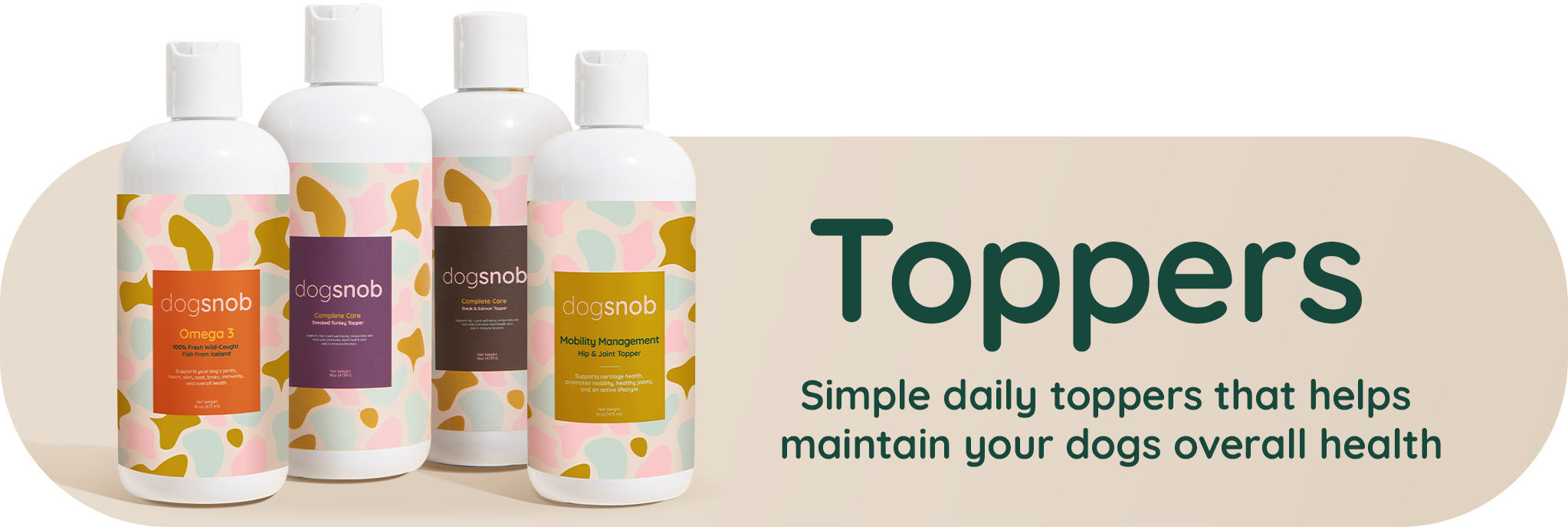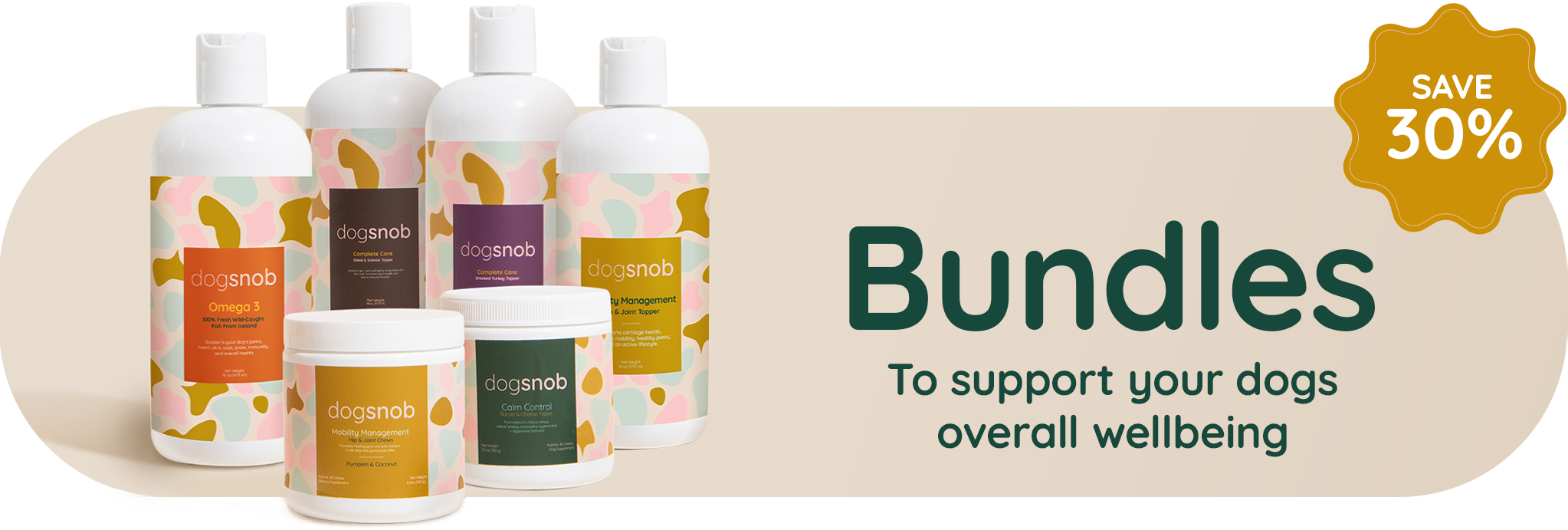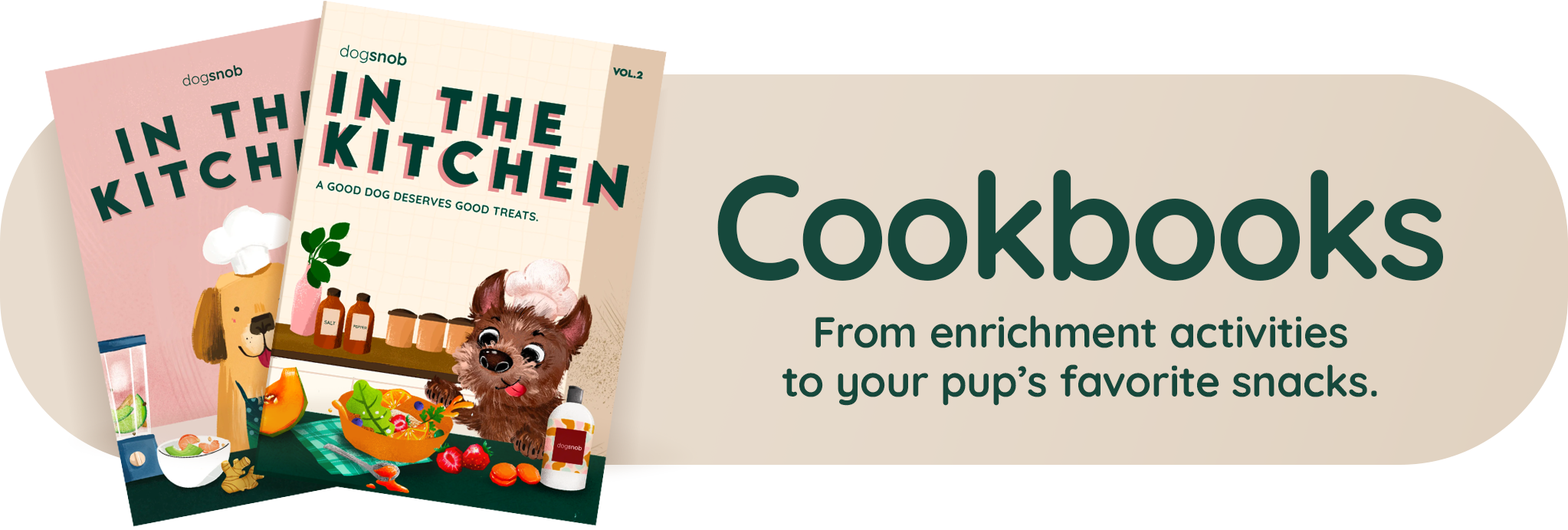Are you the parent of a very fussy and picky dog? Let's see what flavors and foods to feed your puppy to get them their proper nutrition.
Many brands of the finest dog food can keep your furry friend happy and are made explicitly for even the pickiest of pups. Even though finding good-tasting food for your picky dog can be challenging, you can now experiment with various protein sources such as beef or chicken, even duck or venison, you can find out what is more appealing to them.
If you have tried changing between multiple dog foods, but your dog still won’t eat or spends a few days eating and then rejects it the next, there might be more to it than him just being difficult. With so many options on the market, it can be hard to find food that your dog will enjoy.
Either way, if you refer to your pup as a picky eater, we can help you figure out why and how to fix it.

Why Are Some Dogs Picky Eaters?
Your pet dog is probably finicky picky about what he eats because he prefers a specific kind of food. He might refuse to eat certain kinds of food or choose to eat less than other animals do. Some dogs have a problem with eating too much. Others seem to avoid eating altogether. These behaviors should be investigated by a veterinarian.
Dogs may become obese due to eating too much or being overweight already. Your veterinarian can help determine whether your dog needs treatment or a change in diet.
While many dogs love eating everything in sight, others tend to be more selective. These dogs may seem to be “fussy” because they’ve been taught to focus on certain flavors or textures instead of what they prefer. In other words, they’re not picky by nature but rather by training. So if you think your pup might be a bit fussy, try giving them something extra delicious to munch on while they are eating!
Some dogs are naturally more particular about what they eat than others. These include smaller dog breeds such as Maltese Yorkshire Terriers, Cavalier King Charles Spaniels, among others. Even larger dogs such as Greyhounds and Eurasiers may also be picky. However, no matter how big or small your pet is, you should still feed them a well-balanced diet.
Is My Dog a Picky Eater?
Your dog might be a picky eater if he or she refuses to eat one brand of food while eating other brands without any problem.
Dogs often develop a taste for certain foods, but there are other factors that cause them to get pickier. Some dogs simply want to make sure that the food they eat is healthy. Others might be getting picky due to health issues such as allergies or digestive problems.
In dogs, a lack of appetite may indicate illness or other problems such as pain or stress. Dogs that refuse to eat despite being hungry often suffer from some sort of health problem.
Your dog might be showing signs of being a picky eater. It would be best to watch how he reacts when you feed him. He might start chewing on something else instead of eating his food. Or he could try to reach out for your food while you’re eating. These are some ways to tell if your dog is
Dogs generally love treats and will try anything you offer them. However, if your dog refuses to take any of the goodies offered or rejects most of the foods served, there may be something wrong.
The “treat test,” although useful in many cases, does not always work. For example, if your dog refuses to eat because he or she is very ill, you should still try to feed him or her something else.
How Long Can a Dog Last Without Eating?
You should seek veterinary care if your dog misses two consecutive meals. Your pet may be experiencing some digestive problems if she’s losing weight, throwing up, or having a stomach upset. Speak with your vet immediately if any signs occur.
Dogs are creatures who stick to their routines. We may take advantage of this feature by establishing and sticking to a regular feeding routine.
The quantity of meals a dog consumes each day is entirely dependent on the family’s routine and schedule. It might be easier to feed once in the morning and once at night , or once in the afternoon and later at night.
Either way, dogs should consume at least two meals every day, separated by roughly 12 hours. A breakfast, lunch, and supper routine, on the other hand, is a fantastic alternative. If your dog goes more than 12 hours without eating, their stomach can become hyper acidic, causing nausea.
What Foods Should I Give to My Picky Eater?
There are many different types of diets available for dogs. Some of the most popular include dry kibble, canned food, freeze-dried food, raw food, and even organic food. As long as the food meets specific guidelines set by the AAFCO, it can be considered safe for your dog. However, if your dog seems sickly, or is having trouble gaining weight, consult your vet immediately.
Dogs Taste With Their Noses
Dogs need to use their sense of smell to decide whether or not to eat something. Their sense of taste isn’t as strong as other animals’. So if you put liver treats out for your dog, he’ll probably gobble them up without having a chance to try them first.
Experiment with your dog’s food. Taste new ingredients and try out different combinations. You might want to start by mixing up canned and dry food to see if he prefers one over the other. Maybe you could add some probiotic supplements to his meal? Or perhaps you’d prefer him to eat raw meat instead of cooked? Keep experimenting until you’ve discovered what works best for your dog!
Foods for Picky Eaters
There are many ways to feed your dog, but if you’re looking for something simple, try providing them with a combination of dry kibble mixed into canned foods or meals made up entirely of wet foods. You should also avoid giving them table scraps as they could choke on anything too big or skip their own food, hoping you’ll give them a taste of yours.
If you are trying to establish a new diet or trying to keep your dog on new food. Limit offering your pet treats or hand feeding him. Instead, try making his meals more palatable by adding flavorings such as carrots, dog gravies or sardines. Your dog needs to understand that he gets his nourishment solely from his food.
Try Natural Foods
There are many options if you want dog food that is sustainably formulated and free of potentially questionable substances like pesticides, artificial preservatives, and genetically engineered components. You can opt to make your natural recipes at home or purchase a natural brand of frozen raw diets. Although there are many brands that claim to be “natural,” always make sure to read the label.
According to Jamie Richardson, the medical chief of staff at Small Door Veterinary, a NYC-based practice. “There is no regulation when it comes to using the definition, and all foods that call themselves ‘natural’ are not necessarily created equal,” if you are unsure of a new food , it is best to refer yourself to your veterinarian.
Freeze-dried dog food has been gaining popularity and is an easy transition to a raw-fed diet. Freeze-dried dog foods is never cooked throughout the production process, keeping all of the nutritional benefits of the ingredients. which is also something that many raw-food eaters prefer
The freeze-drying process starts with frozen items placed in enormous machinery that reduce the ambient pressure surrounding them. This causes the water in the food to sublimate (change from ice to gas) and diffuse out.
Furthermore, the ingredients retain their original shape because the food’s structure (apart from shrinkage) is mostly intact. This makes it simple to identify a carrot or a piece of beef, for example, just looking at it.

Check on Dry Foods
Make sure dry kibbles are fresh and not expired. They should be stored in tightly-sealed containers or bags. You want to keep the food in its original bag before placing it in any plastic container. According to Dr. Chavez “Dry pet food companies rely on the lining of the pet food bag as the final layer of defense, which is specifically designed to extend the shelf life of the contents, “Also, make sure your dog does not get access to any other foods while eating dry food.
Always follow the instructions provided by the manufacturer. Read the label carefully before purchasing any kind of pet food.
Add Warm Water to Dry Food
With a simple addition of warm water, you can turn your dry food into something much tastier for your pet. Adding a bit of water makes the food moister, and soaking it for a few minutes helps it absorb flavors better. Some dogs love eating wet food, but others may be reluctant to try it.
Many pet owners prefer to feed their dogs wet or moistened dry foods for health reasons. These include allergies, gastrointestinal problems, and other conditions. For some dogs, especially older ones, the texture of the kibble isn’t ideal. Wet or moistened dry foods make eating more pleasant for them.
Add Chicken Broth to Dry Food
Add flavor by adding chicken broth or bone broth into the dry food. Dogs typically enjoy chicken or beef flavors, but this may also make the kibble more interesting to them. Bone broth is not only good to the taste, but It can be beneficial for dogs with stomach problems, dandruff, or painful joints. Bone broth has nutrients that can aid digestion, intestinal health, and immune system function. It is a nutrient-dense complement to a pet’s well-balanced diet.
You can create your own bone broth, but there are also store-bought liquid or powder bone products that are excellent for your pet. Simply double-check the components.
Bone broth is a simple prepared soup or stew made from leftover beef or chicken bones. You can create the soup with lamb, duck, fish, or bison bones if your dog has food allergies. Bone broth is a stock liquid or soup foundation that is an essential component of many delectable recipes.
To extract the nutrients from any of these bones, stew them over low heat for up to 24 hours. Adding a variety of veggies can improve the flavor and nutritional value of the dish.

Add Yogurt to Kibbles
Yogurt is often used as a flavor enhancer in many foods, but it can also provide health benefits to dogs. Mixing a spoonful into your dog’s dry food will add both a new scent and a new taste. Don’t use flavored yogurt, though, because the sugars could cause problems.
Add Dog Food Toppers
While these yummy treats aren’t required, your dog will love them every now and again, or you may make them a regular part of her routine by choosing a topper that adds nutritional value to your dog’s meal. Dogsnobs 5-1 multivitamin gravy topper is an easy-to-add liquid topper formulated to support hip & joint health, invigorates skin and coat, promotes heart health, helps with digestion, and improves immune function. Available in a delicious steak and salmon flavor, it’s sure to please even the pickiest pooch palates.

Mix Canned Wet Dog Food with Dry Kibbles
Adding canned food to dry food is another option to add moisture and taste to a meal while allowing you to buy a variety of foods that meet your budget.
Shape, texture, and aroma are three of the most significant aspects of pet food that tempt your dog to eat it. Offer your pet a variety of foods with varied forms, textures, and/or fragrances to mix things up a little. You might be astonished to learn how much your dog enjoys the adventure of eating when mixing it up. Constantly monitor your canned food as too much could cause digestion problems.
Add Fish Oil to Dry Dog Food
Salmon oil is great for dogs because it contains omega 3 fatty acids, which help maintain healthy skin and coat. However, make sure you buy the right kind of oil for your pet, and follow the directions carefully. Store it properly to avoid exposure to light or oxygen.
Count Calories
With 3928 calories per kilogram of body weight, dogs should be fed about 397 kcal per cup of dry food. That amount of energy should provide a high level of nutrition for your dog.
The AAFCO Dog Food Nutrition Guidelines recommend that dogs be fed diets containing 30% crude protein. The AAFCO Dog Feeding Guide recommends feeding dry dog foods containing 20% crude protein or less.
Measured Approach
With picky eaters, the rule of thumb is not to overfeed them. Dogs’ lifespans can be shortened if they’re overweight. Overfeeding could lead to health problems like cancer, arthritis, heart disease, kidney disease, metabolic syndrome, pancreatitis, urinary stones, and even death. Follow a strict feeding schedule to ensure your dog is trim and well-fed, then weigh him regularly to monitor how much he weighs.
Your dog might be having some health problems that you need to take care of immediately. You should see a vet if your dog seems to be having difficulty eating.
There seems to be a part of the domestic dog population that eats whenever they want. These dogs may just refuse to eat according to the schedule we've set for them. It may be argued that having a dog like this, who grazes rather than eats, is a blessing. Canine gluttons can only imagine how difficult it would be to have a finicky eater!





